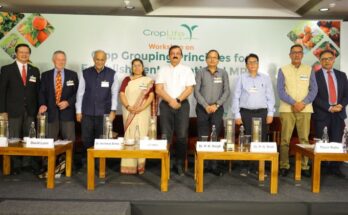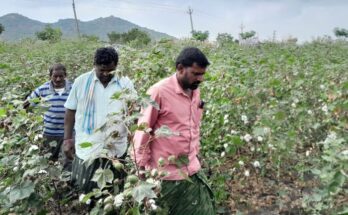Being one of the key agri inputs sector, Agrochemical sector is disappointed with the Union Budget 2021-2022. The focus of the budget this year was on strengthening the healthcare system of India, which stemmed as a critical lesson of pandemic.
However, in the industry side, we do not have much for agrochemical sector. The only upside is that the proposed increase of agriculture credit is likely to increase the purchasing power of farmers, which will in turn, can be a factor of growth for agrochemical sector. The MSMEs may have marginal benefits from the increase in customs duty and withdrawal of exemption on certain imports. But largely, this budget does not have much for the agrochemical industry.
Pesticides Manufacturers & Formulators Association of India (PMFAI) had appealed the Government to increase basic Customs Duty on imports of readymade pesticides formulations from the present 10 percent to 30 percent, which not only could have marginalised imports and encouraged domestic agrochemical manufacturing sector but also could have increased Government’s revenue. The same has not happened.
Unlike other agricultural inputs, agrochemicals and pesticides attract high taxation by way of GST at 18 percent. PMFAI appealed the government to keep GST in parity with other agri inputs by reducing GST rates on agrochemicals to 5 percent which will help small and marginal farmers to have access to the crop protection products. Every year in India, pests eat away one fourth of food produced by the farmers and annual crop losses due to pests and diseases amount to 15 percent to 25 percent of the total output of the country. India is amongst the lowest consumer of agrochemicals and pesticides in the world with 0.65 gram per hectare against the world average of 3.0 kg per hectare. The low purchasing power of small and marginal land holding farmers is one of the main reasons for low consumption of crop protection products, which leads to substantial crop losses. If GST rates are reduced to 5 percent, it will bring down the prices of agrochemicals and pesticides and help bringing in maximum farmers under crop protection umbrella. This ultimately can save 15 percent to 25 percent of agricultural production. This request also remained unheard.
(Views expressed in the article are author’s own.)
 Agriculture Post is now on Telegram. Click here to join our channel and stay updated with the latest news and updates on agriculture.
Agriculture Post is now on Telegram. Click here to join our channel and stay updated with the latest news and updates on agriculture.





आपके द्वारा दी गई जानकारियाँ बहुत ही अच्छी हैं। आपका बहुत बहुत धन्यवाद । ऐसे जानकारी हमेसा साझा करते रहें